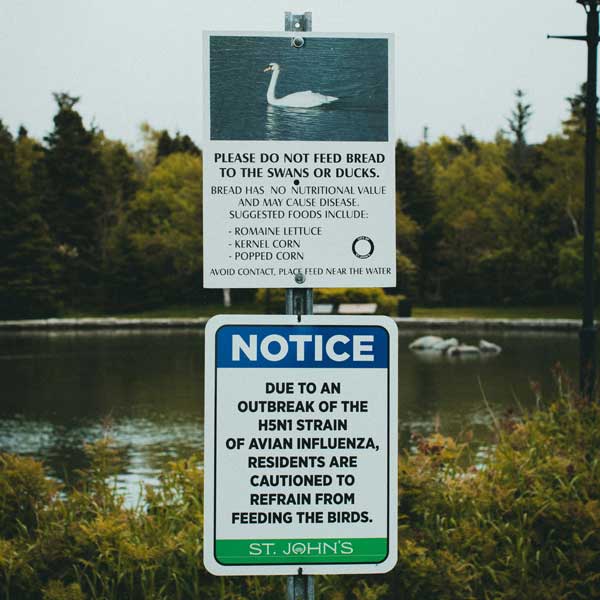Avian flu hits Louisiana as California declares emergency

[H5N1. Photo Credit to Pexels]
The United States recorded its first human death from highly pathogenic avian influenza (HN51) when a Louisiana resident over the age of 65 succumbed to the virus in January 2025.
The patient, who had underlying health conditions, had been hospitalized with severe respiratory illness after contracting the virus in December 2024.
The death comes amid growing concerns as California Governor Gavin Newsom declared a state of emergency in December 2024 to address the spread of H5N1 through dairy farms.
The emergency measures include providing protective equipment to farm workers and implementing educational programs to prevent further transmission.
These developments highlight the increasing danger in the virus’s threat to both animals and humans in the United States.
The declaration comes as infections rise among mammals, including dairy cattle, raising alarm about the virus’s potential for broader transmission to humans.
Avian influenza is a highly contagious viral disease caused by the influenza A virus, primarily spreading among wild and domestic birds.
However, it can occasionally infect humans.
The virus is mainly transmitted through contact with infected bird feces, saliva, and nasal secretions, or by consuming improperly cooked poultry or eggs.
Among the virus subtypes, H5N1 is particularly dangerous, with a fatality rate of approximately 60% in humans.
Recent incidents have heightened concerns about the virus’s ability to cross species barriers.
In 2023, several large felines, including tigers and cougars, died from avian influenza at a wildlife sanctuary in Washington State, raising alarms about the virus’s growing ability to transmit between mammals.
The virus has a long history of causing major outbreaks.
First identified in 1996 in Guangdong, China, it led to crises including the 2003 Southeast Asian outbreak and the 2014-2015 U.S. outbreak, which resulted in the culling of 50 million poultry and economic losses exceeding $3.3 billion.
Most notably, scientists believe an avian influenza virus subtype H1N1 was responsible for the 1918 Spanish Flu pandemic, which claimed an estimated 50 million lives.
Health authorities are employing advanced monitoring systems to track and prevent the spread of the virus.
Tools like DashFLUboard, GPS tracking, and AI-driven Decision Support Systems now integrate data from multiple sources to predict and monitor outbreaks in real-time.
Public health officials emphasize that while vaccines for humans are under development, prevention remains crucial.
They recommend strict hygiene practices, including thorough hand washing and cooking poultry and eggs to at least 165℉ (74°C).
The public is advised to avoid direct contact with live or dead poultry or wild birds and to report any dead birds to local health authorities immediately.
As the situation continues to evolve, experts stress that avian influenza stands as not just an animal health crisis but a potential global threat impacting human health, economies, and ecosystems.
They emphasize the urgent need for continued monitoring and research to prevent a possible pandemic if the virus gains the ability to spread efficiently between humans.

- Esther Kim / Grade 10 Session 7
- Lexington High School

![THE HERALD STUDENT REPORTERS [US]](/assets/images/logo_student_us.png)
![THE HERALD STUDENT REPORTERS [Canada]](/assets/images/logo_student_ca.png)
